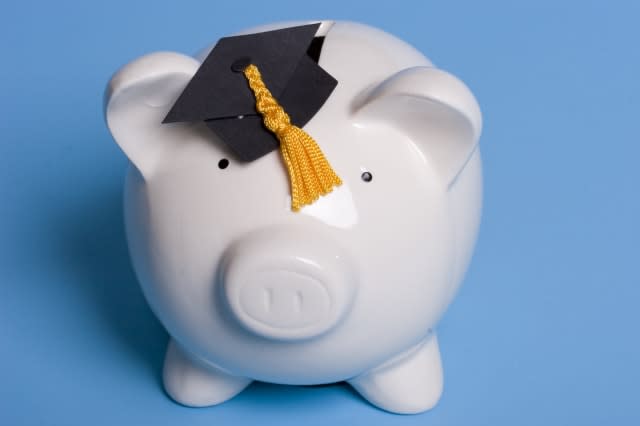15 easy ways to teach kids about money

You'd be forgiven for thinking that teaching kids is something for the teachers to worry about, but when it comes to money, unless parents step in, there's a strong possibility that nobody will talk to kids about money until it's too late.
See also: Children donate a year's pocket money to air ambulance that saved boy's life
See also: The most generous parents in the UK - when is it too much?
See also: Katie Price has bailiffs at the door: why?
According to the Money Advice Service, children develop their fundamental approach to money - and spending habits - by the age of seven. Meanwhile, there is no requirement at all for schools to educate children about their personal finances until they reach the age of 11.
It means that unless the parents step in, their kids could pick up terrible habits that could cause endless headaches throughout their adult life. It's no wonder that David Pugh, managing partner of financial planning firm Lemonade Money, says it's crucial that parents encourage budgeting and saving from an early age.
The good news is that teaching children about money doesn't have to be enormously taxing, and in some cases can even be fun. We have rounded up 15 ideas to make the process easier.
1. Play 'shops'
Pugh says this will help very young children understand the value of money - and that goods have to be paid for. You don't need to spend a fortune on a play shop, just draw up some pretend notes, collect together empty boxes, and a handful of everyday items, and get stuck in.
2. Set up a 'restaurant' with place settings and pretend-food
The children can be the waiting staff, and after the 'meal' they can bring a bill for you to pay with your home-made fake notes. This shows them that more than just goods have to be paid for.
3. Play Monopoly
It may require a degree of parental patience, but it introduces the idea of making tough financial decisions and living with the consequences.
4. Get them clipping coupons
Pugh suggests: "Ask toddlers to help cut out money-saving coupons (using safety scissors) and when at the supermarket, play 'I spy', encouraging them to spot the discounted products on the shelves."
5. Talk to them about spending decisions
You don't need to go into enormous detail with primary age kids, but if you're cost-cutting in order to pay for a new sofa next month, let them know that's why you're not able to go to the cinema. It will help them understand the compromises you are making - and when they're jumping up and down on the new sofa, they can appreciate the payoff too.
6. Give them pocket money
Rather than just buying what they ask for every so often, you can set up pocket money, so they get used to the idea of managing a regular income (even when they're simply 'managing' to take £1 to the sweet shop every week).
7. Pay for chores
You may choose to simply pay them pocket money. Alternatively, Pugh says that paying children for specific behaviour or for carrying out chores around the house reinforces the idea that money has to be worked for.
8. Set up optional chores
While some parents set chores that must be done every week in return for pocket money, others offer optional chores for cash. On the kitchen noticeboard they may pin envelopes with change in them, and the name of a chore written on the outside. If the child chooses to wash the car or tidy their room, they can take the envelope of cash.
9. Set a savings goal
Talk to the children about something they want to save for. You can even print off a picture of the item and put it up in their room to remind them what they are working towards.
10. Reward savings
If they regularly put money into their piggy bank to save towards their goal - rather than spending it - you may choose to reward it. Some parents will double the money. Others may say that if the child saves up two thirds of their savings goal, they will cover the rest.
11. Graduate to a savings account
Once they have the savings habit, you can set up a regular savings account in their name. These are among the highest interest accounts around, and minimum payments start from £5 a month.
12. Consider a pre-paid pocket money card
Pugh says: "Go Henry is an allowance card for children aged six to 18 with parental controls. It's an easy and fun way to pay pocket money while teaching good money habits."
13. Give them some freedom
It's hard to let go, but if you let kids buy what they want and make their own decisions, they will make their first mistakes quickly and on a small scale. Surely that's better that making all their mistakes when they get a student loan at 18.
14. Buy shares
If you buy shares on their behalf, it can be one of the most useful investment lessons you ever give a child. You don't need to spend much, but if you buy a boring blue chip, and reinvest the dividends, in the five years they are at primary school, they could see even a nominal sum mushroom into the sort of money they can buy an iPad with.
15. Set a good example
This is naturally the trickiest one of all, but it's also the most important one. Children follow the example set by their parents, so if they see you spending all your money in the first few days of the month, or racking up credit card debt, they will learn to follow in your footsteps.




